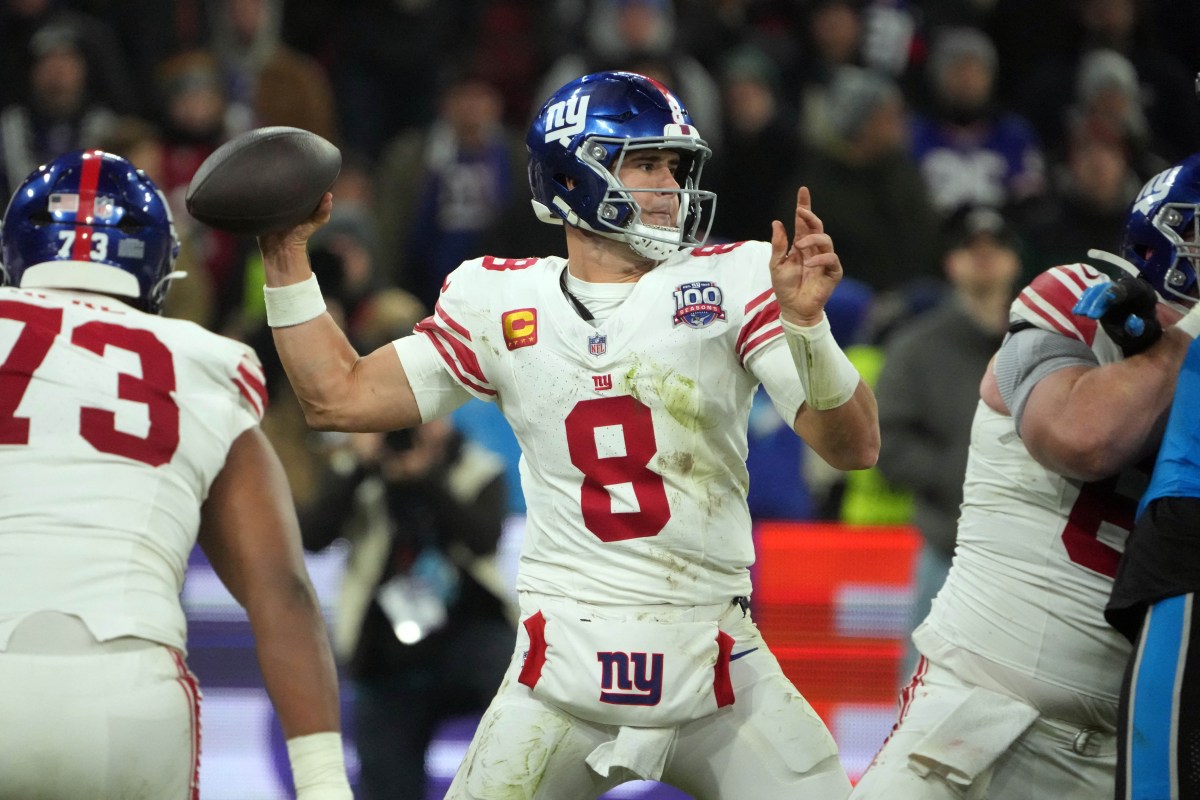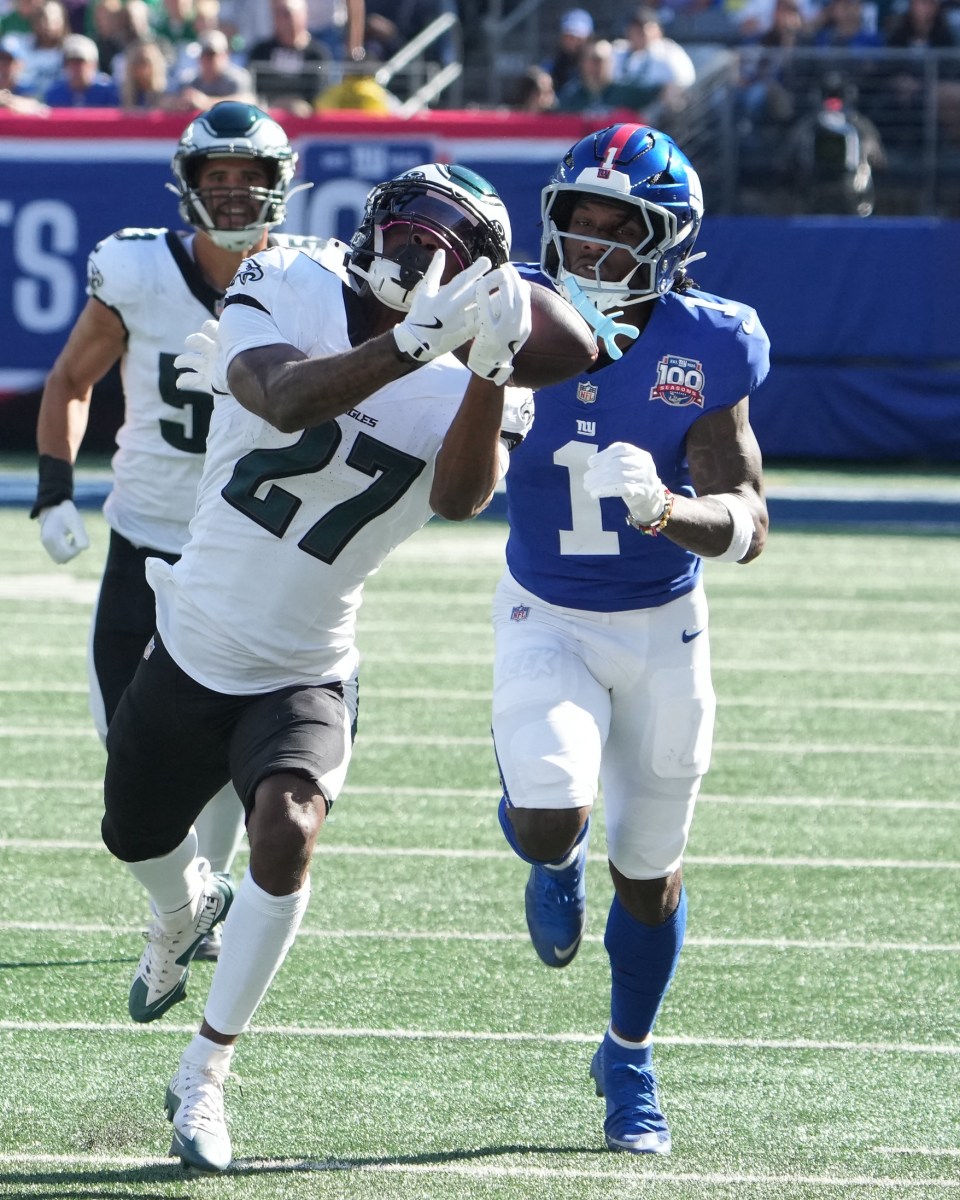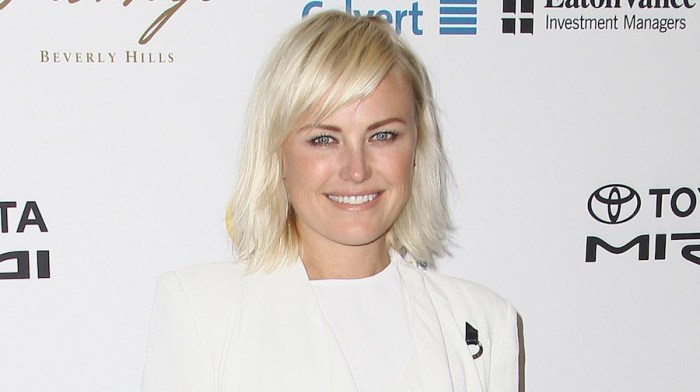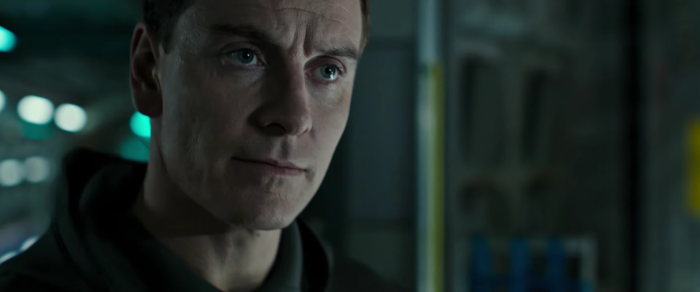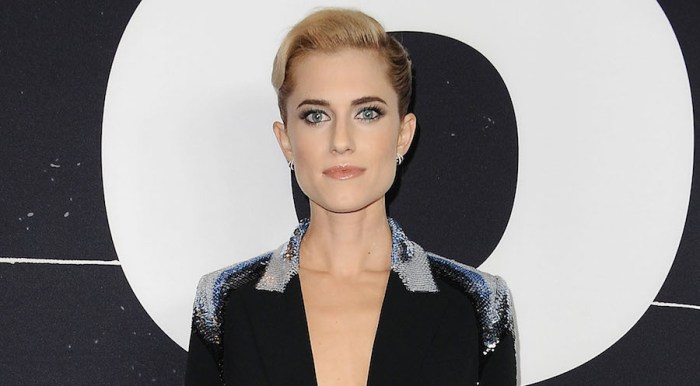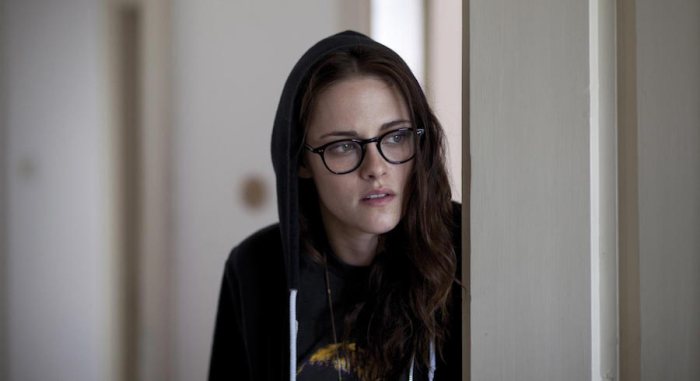When Taraji P. Henson first went to meet Katherine Johnson — the woman she plays in “Hidden Figures” — she was greeted at her home by her two daughters. They hugged her and told the “Empire” actress, 46, how happy they were she was going to play their mother. “I was like, ‘No pressure,’” Henson jokes.
Set in the 1960s, “Hidden Figures” tells the story of three women — Johnson, Dorothy Vaughan (Octavia Spencer) and Mary Jackson (Janelle Monae) — who were integral in the early days of the space race. Johnson was a mathematician whose brilliance helped John Glenn become the first American to orbit the earth. In fact, right before his launch, he specifically requested she make sure the numbers for his mission were correct. RELATED: Review: “Hidden Figures” will make you pine for a better world than our own All three women were pioneers — not just women who rose in a STEM field, but black women living in Virginia in the early 1960s. Even while employees, all three faced discrimination, had to work harder to impress their white, male superiors. But when Henson talked to Johnson, now 98, she was surprised she didn’t stew in her long ago pain. “I tried to make it weighty. I said, ‘How does a black woman do it? They were misogynistic. I’m sure you got called the n-word.’ And she was like, ‘Well, you know, it just was the way it was. I just did my job,’” Henson recalls. “She was so humble. She would always say ‘we.’ In my mind, I’m like, ‘No, Katherine, it was you. It was you and your mind alone that got Glenn to orbit the earth. He didn’t say, “Go get so-and-so, so-and-so and so-and-so. He said get the smart girl.”’ But the fact that she sees the ‘we’ in ‘I’ blew me away.” Henson was also blown away by Johnson’s passion for math. She describes her eyes lighting up as she discussed her craft.
“If I had a teacher like her I could have been a rocket scientist,” Henson says. “When I was growing up, no one ever said to me, ‘You can’t do math because you’re a girl.’ But there was an understanding; you just grew up thinking math and science were for boys. Somebody lied to me, because this woman exists. All these women existed. I made it my mission to do this film, because I didn’t want another girl to grow up believing that lie.” One of the first scenes in “Hidden Figures” finds Johnson, Vaughan and Jackson on the side of the road on the way to work, fixing their broken car. Then a police car pulls up. A white cop comes out, looking suspicious. It’s a scary scene to see right now — and all the more surprising when, upon finding they work at NASA, he changes his tune, even gives them an escort to work. “You can feel the audience brace themselves when the cop arrives,” Henson explains. “What’s beautiful about that scene is you can see this man unlearn racism right before your eyes. It proves that your perception can change in a matter of minutes. That’s when you know racism is learned. When he saw that these women’s lives mattered to the great space race, that negativity he was about to spew on them shifted in the blink of an eye. If we can all get the human race back to some goal we can all focus on, I think the world will be more balanced. It’s unbalanced right now.” Follow Matt Prigge on Twitter @mattprigge
Taraji P. Henson wanted to inspire young women with ‘Hidden Figures’
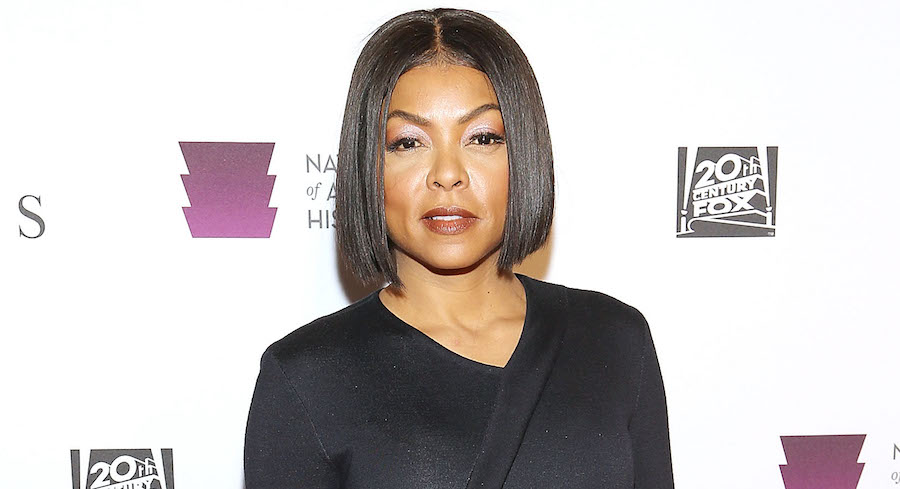
Getty Images







